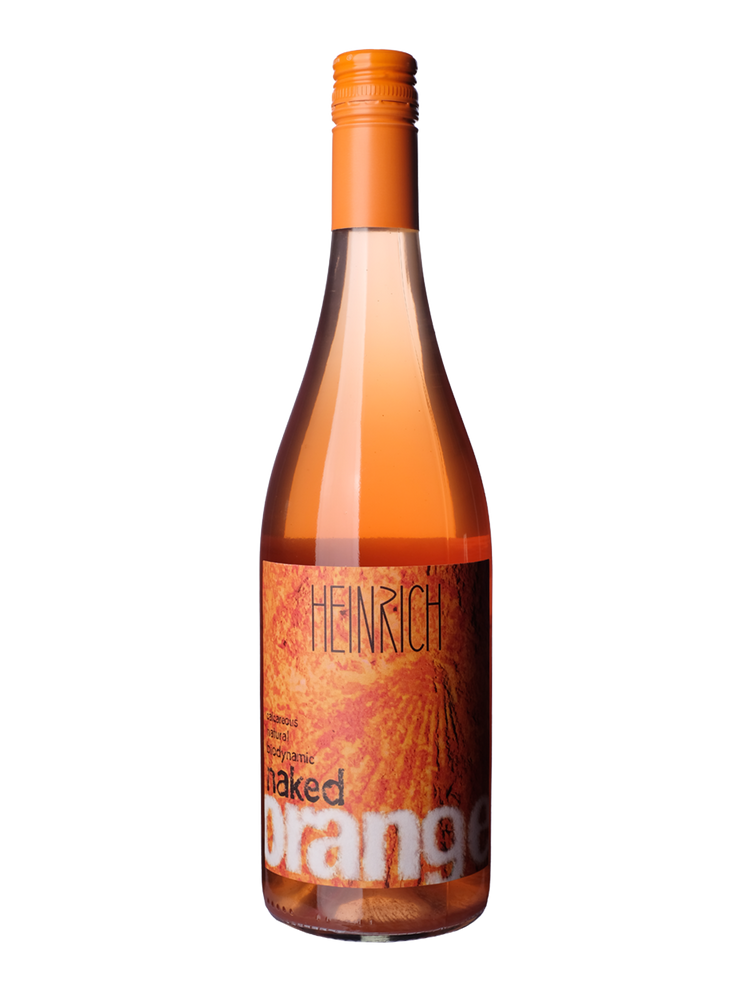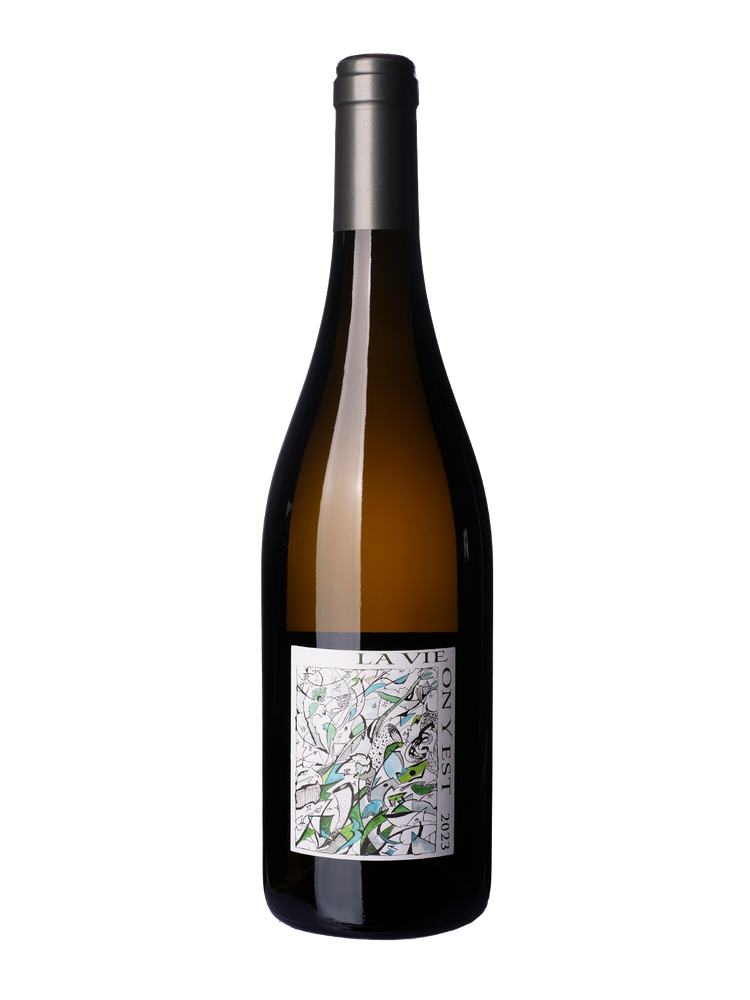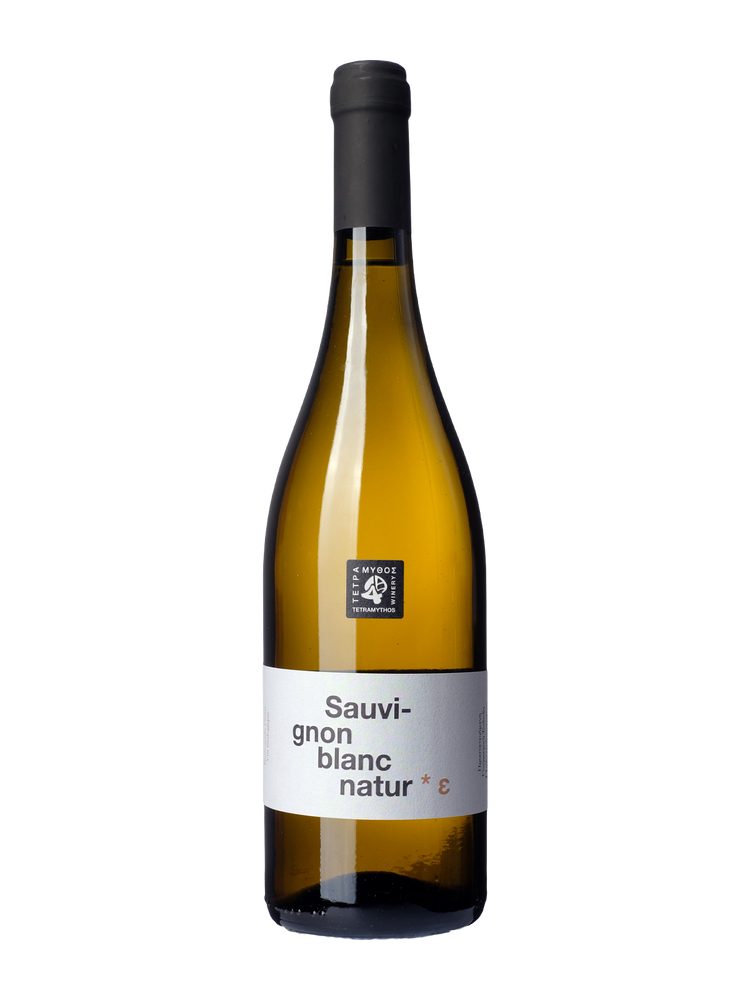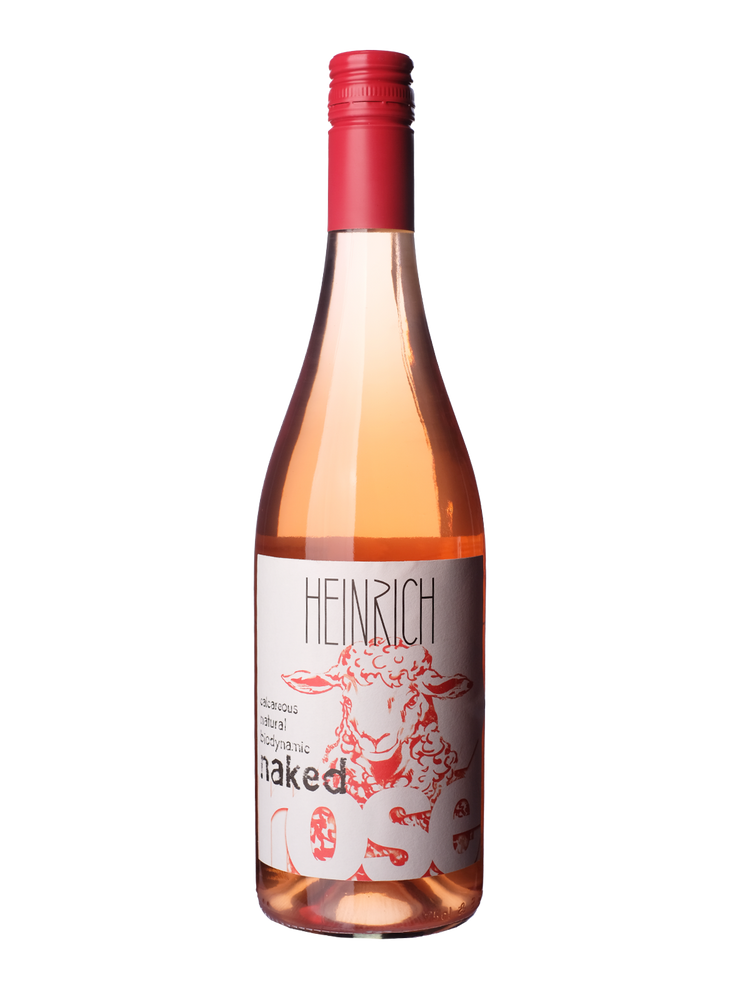This is an edited version of the introductory chapter in Jamie Goode's latest book ‘Regenerative Viticulture’. This book is included in Jamie's accompanying mixed case, available for purchase now exclusively from The Sourcing Table.
Although it was introduced in the 1980s, the widespread use of the term ‘regenerative’ farming is quite recent, and there are several intertwining threads and different origins. The overall concept is one of taking something that has been damaged or misused, and then regenerating it: modern agriculture has depleted the life and functioning of the soil, and this is about farming in such a way as to restore it, make it healthy, to replenish what has been taken out, to encourage biodiversity, and get it functioning again. And into this, we must add social capital, too. This is true sustainability.
A functioning soil will enhance nutrient cycling and store organic matter. Soil structure and water storage capacity will be increased. Erosion will be stopped. Regenerative farming borrows from permaculture ideas and ways of farming practised by many indigenous people, who see themselves as part of the land, rather than owners of it. It’s new but it’s old.
We need to see the land as belonging to future generations, and that we are temporary custodians.

Regenerative in the context of viticulture
Currently, we tend to categorize viticulture in three ways: ‘conventional’, ‘sustainable’ and ‘organic’/’biodynamic’. This categorization is often portrayed as a pyramid, with a distinct hierarchy or progression. There is increasing virtue attached to each ascending level in the pyramid, but a reduced number of practitioners.
‘Conventional’ viticulture sees the soil merely as a medium for vine growth. Weed control is usually by herbicides, and disease control is mostly dealt with through systemic fungicides. Insecticides are the pesticide of choice for dealing with insect pests, and when vine nutrition is challenged it’s time to reach for artificial fertilizer.
‘Sustainable’ is harder to define because there are lots of different sustainability schemes with their own rules for certification. They share the fact that they get winegrowers to keep records of what they do in the vineyard, and there is usually a restricted set of chemical inputs. Many schemes have ‘yellow list’ chemicals that can only be used under certain circumstances and ‘red list’ ones that are banned. The guidelines encourage good practice. Herbicide is still allowed. The good thing about most sustainability schemes is that they are realistic. They aren’t too onerous, and the wide take-up reduces inputs on a significant level. But the bad side of these schemes is that some of them have a whiff of greenwashing, and they aren’t truly sustainable as these practices can’t be carried on for another 100 or 500 years. Also, there’s little traction in the marketplace for ‘sustainable wine’.
‘Organics’ and ‘biodynamics’ are similar in practice, although there are extra elements to biodynamics. Both arose in the 1930s and 1940s largely as a counter-reaction to the widespread use of agrochemicals and the environmental impact of modern farming practices. The emphasis is on soil health, and only ‘traditional’ agrochemicals are allowed, which means that elemental sulphur and copper-based fungicides are an important part of the viticultural toolkit in these systems. Biodynamics actually predates organics but has extra ‘spiritual’ dimensions. One interesting question is whether there is any efficacy beyond organics in biodynamics.
There are some challenges for organics, though, when it comes to soil health. Contact fungicides are washed off and need reapplying, so there will likely be more tractor work, with attendant carbon footprint and soil compaction implications. Copper has toxicity issues, and tillage can reduce soil micro life and damage soil structure and stability.

‘Regenerative’ farming is the newcomer. It is based on a fairly new branch of science called agroecology, which in the case of wine means seeing a vineyard as an agroecosystem. Biodiversity and soil health are the key emphases of regenerative farming. Closely related, but not exactly the same, is permaculture. The idea is to create a functioning ecosystem, where inputs are vastly reduced: the term ‘ecosystem services’ is often used, where the management system creates an ecosystem that does the job previously attempted by using inputs.
What does regenerative viticulture look like? There is no regenerative recipe or template: the best way to farm differs from one region to another, but it is best defined by the readouts mentioned above: is your farming respecting and improving soil health, and is what you are doing truly sustainable?
The idea is to farm soils, not vines, and in the process, the vines do better.
What regenerative viticulture gives you is a toolkit that can be adapted to place, recognizing that there is no perfect one-size-fits-all way to farm. With this approach, you choose what you think will be the best way to farm, and you get to choose your compromises.
The first priority in regenerative farming is to establish a robust agroecosystem. This builds resilience into vineyards, and – given time – will see the reduction of inputs as the ecosystem services kick in.
One important facet of regenerative viticulture is the change in attitude towards soils. There’s a famous quote by New Zealand winegrower James Millton that sums this up well: ‘We're not standing on dirt, but the rooftop of another kingdom.’

Some 700 million years ago plants emerged from the sea onto land. The association of green algae with fungi was key to this successful colonization, which occurred via a partnership between a fungus and a photosynthetic alga. There is evidence of mycorrhizal association in the earliest fossil records of plants, and now some 80% of terrestrial plants have these mutually beneficial symbiotic relationships in which fungi become associated intimately with the roots and help with nutrient uptake, in exchange for lipids and carbohydrates from the plants.
The area around plant roots is called the rhizosphere, and roots are ‘rhizosphere ambassadors’ facilitating communication between the plant and other soil organisms. Plants secrete a wide range of compounds into the soil from their roots, including amino acids, organic acids, vitamins, nucleosides, ions, gases and proteins. The estimates are that between 10% and 40% of the plant’s photosynthetically fixed carbon is released by the roots. Clearly, for plants, maintaining life in the rhizosphere is important.
Soil structure is also key for successful regenerative farming, and organic material in the soil is vital for establishing good structure and texture. Structure in this context describes the way soil particles are bonded together into aggregates. If the aggregates are unstable, then the soil is easily compacted. This can lead to poor water exchange with the roots and poor gas exchange. Vine roots need at least 10% air-filled space in the soil, and preferably 15%. Crusting can occur at the surface of the soil if aggregates are broken down, which makes water penetration difficult. And soil microbes are highly important in forming soil structure
For viticulture, it is probably time to say goodbye to herbicides. Although some regenerative farming approaches allow them, herbicides are bad because soil without plant growth lacks life, and it is this life that helps the soil to function properly and to gain and maintain proper structure. Microbes in the soil, fed by the vines and other plants growing there, release nutrients to encourage fungal and bacterial growth, and these microbes are involved in a signalling cross-talk.
Without herbicides, there are two options for vineyard floor management: tillage and no-till. No-till is becoming popular in broad-acre farming, but in most cases relies heavily on herbicides. Tilling reduces soil micro life and damages soil structure, so there’s a lot of discussion about what conservation tillage (limited tillage looking to maintain soil structure) or no-till will look like practised in vineyards. This is at the centre of regenerative viticulture discussions.
Cover cropping is a key tool in regenerative approaches. The right cover crops can prevent erosion, increase soil life, help ensure aggregate stability, replace nutrients taken out by the vines, increase water infiltration, sequester carbon dioxide, increase soil organic matter and then can be rolled and used as a mulch. These mulches suppress weeds, lower soil temperature and reduce water loss. Allied to cover cropping is the concept of agroforestry – incorporating trees into the agricultural system. This is beginning to be explored for viticulture.
Composting, if done well, can also be a useful tool for increasing soil organic material and replacing nutrients removed from the system in taking a crop every year.
The incorporation of animals into agricultural systems is a facet of regenerative farming that needs to be explored more carefully in viticulture. So far, the most widely applied version of this is keeping sheep in the vineyard during the dormant season. But more possibilities exist.
One issue particularly pertinent to growing vines is the presence of two diseases which the main wine grape vine species Vitis vinifera is particularly susceptible: downy and powdery mildew. It’s because of these two diseases that much of the spraying of pesticides in vineyards takes place, with attendant carbon footprint, soil compaction and cost issues. A lot of work has gone on to breed new resistant varieties that require very little or no spraying, and this is increasingly something being talked about in the wine world.
In conclusion, regenerative viticulture answers the need for a new, scientifically rational viticulture that uses a toolkit of approaches emphasizing our new understanding of soil life, modified to take account of specific site characteristics. This promises a new viticultural approach that is truly sustainable.

Producers who farm regeneratively
This is still quite a new term in the world of wine, so it’s not easy to highlight specific producers who are ‘regenerative’. Most of the producers listed by The Sourcing Table try to farm well, and many of them will be implementing several regenerative practices, trying to look after their soils and the vineyard environment. Here are a few that fit into this category.
Bret Bros / Domaine de la Soufrandière





